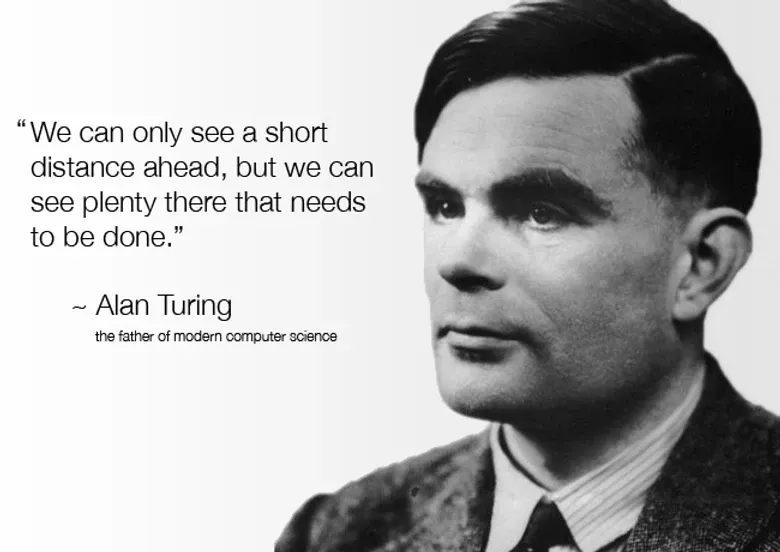A Journey Through the History of Computer Interface Technology

Almost everywhere that we go today we see someone with a handy device that they just can’t live without. PCs, laptops, tablets, smartphones and micro-controllers have become so common that it’s hard to believe that there was once was a time that they didn’t exist. Just how did the population get by? Well, I’ve been curious about how the traditional computer has developed over the past century and where we’re headed with continuously emerging technology. Interestingly, some of the initial concepts began over 300 years ago in China with a wearable abacus ring. Arguably it was the first wearable technology piece. How cool is that?
Let us begin our journey into the past…
It was early in the 19th century. A very romantic and artistic time in history. Poets and writers were the superstars of the day. Including Lord Byron, one of The Greats. Sure his poetry was flowery and sweet, but he had a daughter who was fiery and brilliant: Ada Lovelace. At a young age,

She had shown an affinity for mathematics and science and would later join forces with fellow mathematician, Charles Babbage. Ada devised ways to create codes that would allow Babbage’s analytical machine to work with symbols and letters corresponding with numbers. The “looping” process used today in computer programming can be attributed to her work. Ada Lovelace was one of the first coders! Wearable technology company, Adafruit Industries, paid homage to her when they named their company.
Photo:https://simple.wikipedia.org/wiki/Ada_Lovelace#/media/File:Ada_Lovelace_portrait.jpg
Fast-forward to the 1890s. The New York City Board of Health needed a better, faster and more precise way to collect and calculate vital statistics. Where did they get their inspiration from? Weaving looms. Yes, you read that correctly. The textile industry had already been using Jacquard punch cards to help control intricate patterns for some time. American inventor Herman Hollerith saw an opportunity to take punch cards to a new level and adapted them to suit the needs for the NYC Board of Health. They were then integrated into the 1890 census. I’m sure every census agent involved with the tabulation of data welcomed this innovative move.

Photo: Hollerith Electric Tabulator, US Census Bureau, Washington, DC, 1908, Photograph by Waldon Fawcett. Library of Congress, LC-USZ62-45687.
We now jump ahead over 40 years to 1936. British Mathematician Alan Turing (yes, the man behind the AI Turing Test) and focus of the 2014 film “The Imitation Game”) theorized that there could be an all inclusive machine. A machine that could register anything that is computable. This is where the main concept of the current PC began. He set forth a path that changed the world as we know it. Thank-you Mr.Turing. Aside from his part in the early stages of computer science, Turing had many other valuable contributions to science and technology. You can read more about him here.

Photo: https://www.pinterest.com/pin/119345458845848579/
So, this is where it all began. Maybe it’s not THAT exciting (yet), but important for what comes next.
What does happen over the next 40 years? A LOT. Stay tuned for Part Two: 1940 – 1980. It’s going to be a jam-packed post!